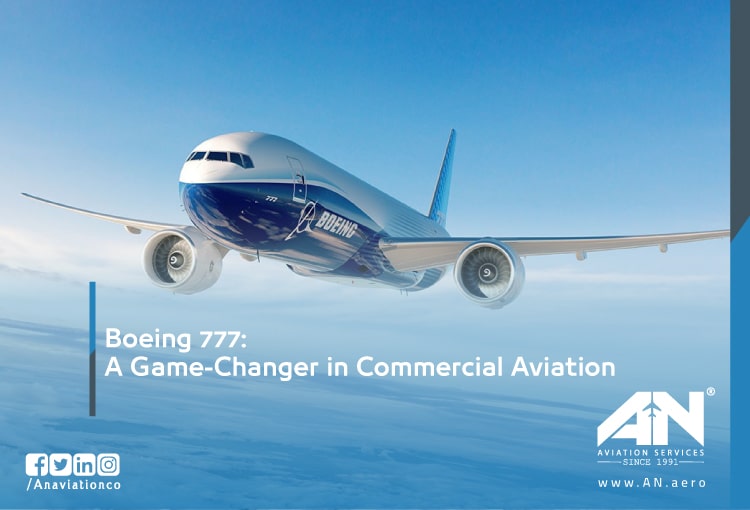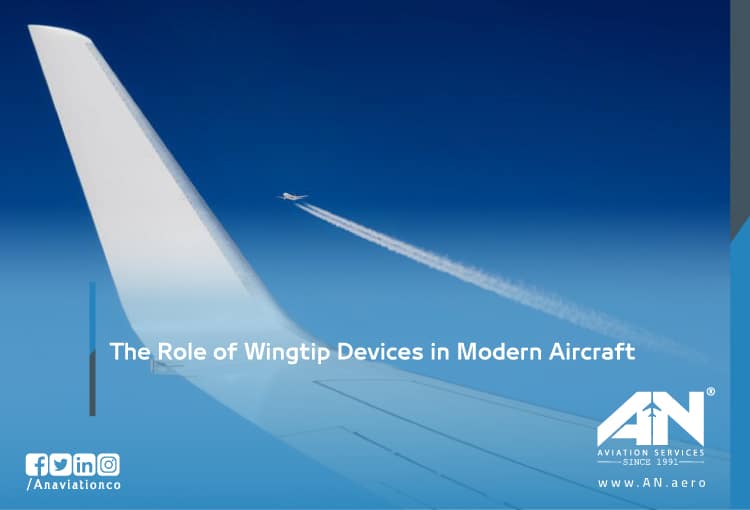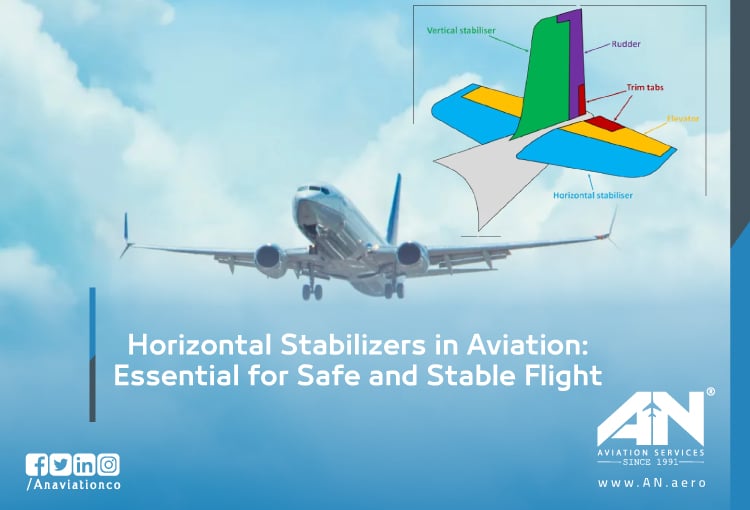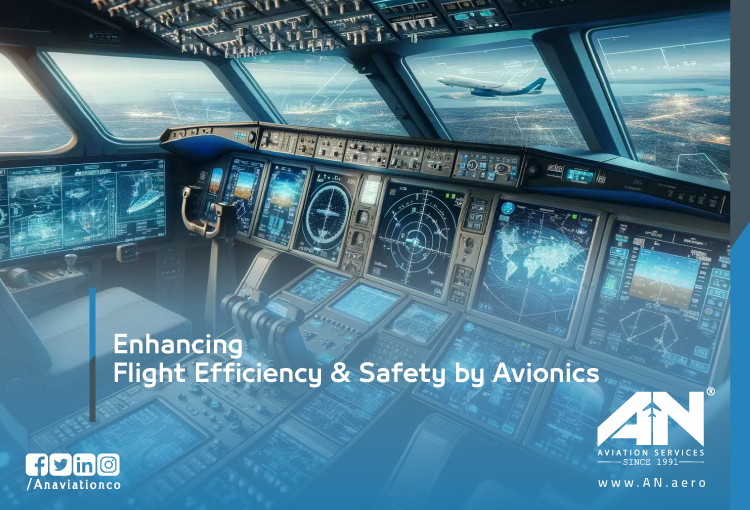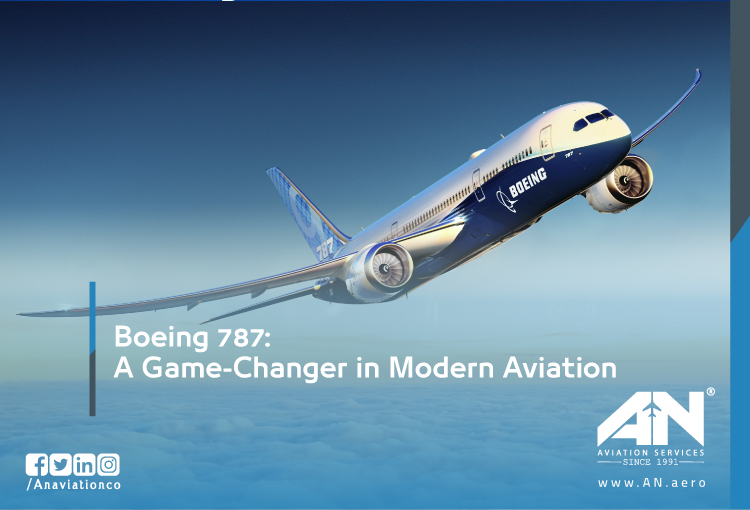Aircraft security has become one of the most important pillars of modern aviation. With thousands of flights operating daily and millions of passengers traveling across countries, maintaining the highest security standards is crucial.
Aircraft
Supersonic travel is making a significant return after more than two decades since the Concorde was retired.
Having the right insurance is essential when flying in the Middle East and Africa. Not only does it help you stay financially protected, but it’s also required by law.
The Airbus A350 has quickly gained a reputation for its exceptional passenger experience, but what exactly makes it so luxurious?
When we talk about game-changing planes in the skies, the Boeing 777 often tops the list. It’s big, efficient, and built for long-haul travel. Airlines and passengers alike love it for its fuel efficiency, spacious cabins, and impressive range.
Landing gears is not essential to flights, but it is important to landing! Well, think of it as a plane’s legs.
Wingtip devices have become an essential feature in modern aircraft design, significantly impacting fuel efficiency, flight performance, and environmental sustainability.
When it comes to keeping an aircraft flying safely and smoothly, one critical component that often goes unnoticed is the horizontal stabilizer.
Avionics encompasses everything from navigation, communication, collision avoidance, and weather systems to fuel monitoring and flight control.
The Boeing 787 Dreamliner is a revolutionary aircraft in the world of aviation. Known for its cutting-edge technology and passenger-friendly features, this wide-body jet has transformed the long-haul flying experience.






